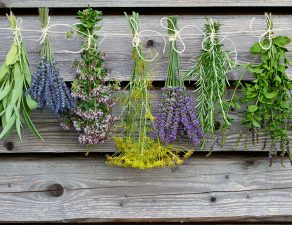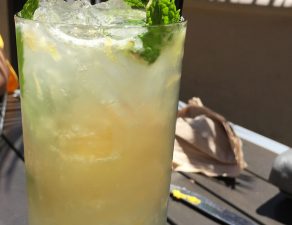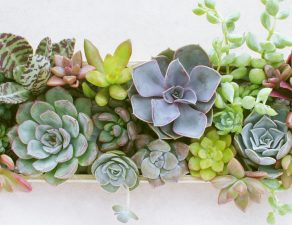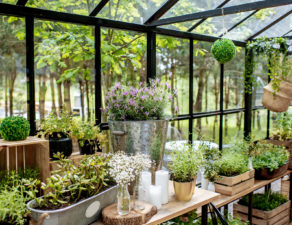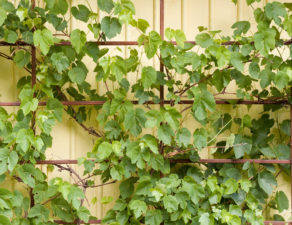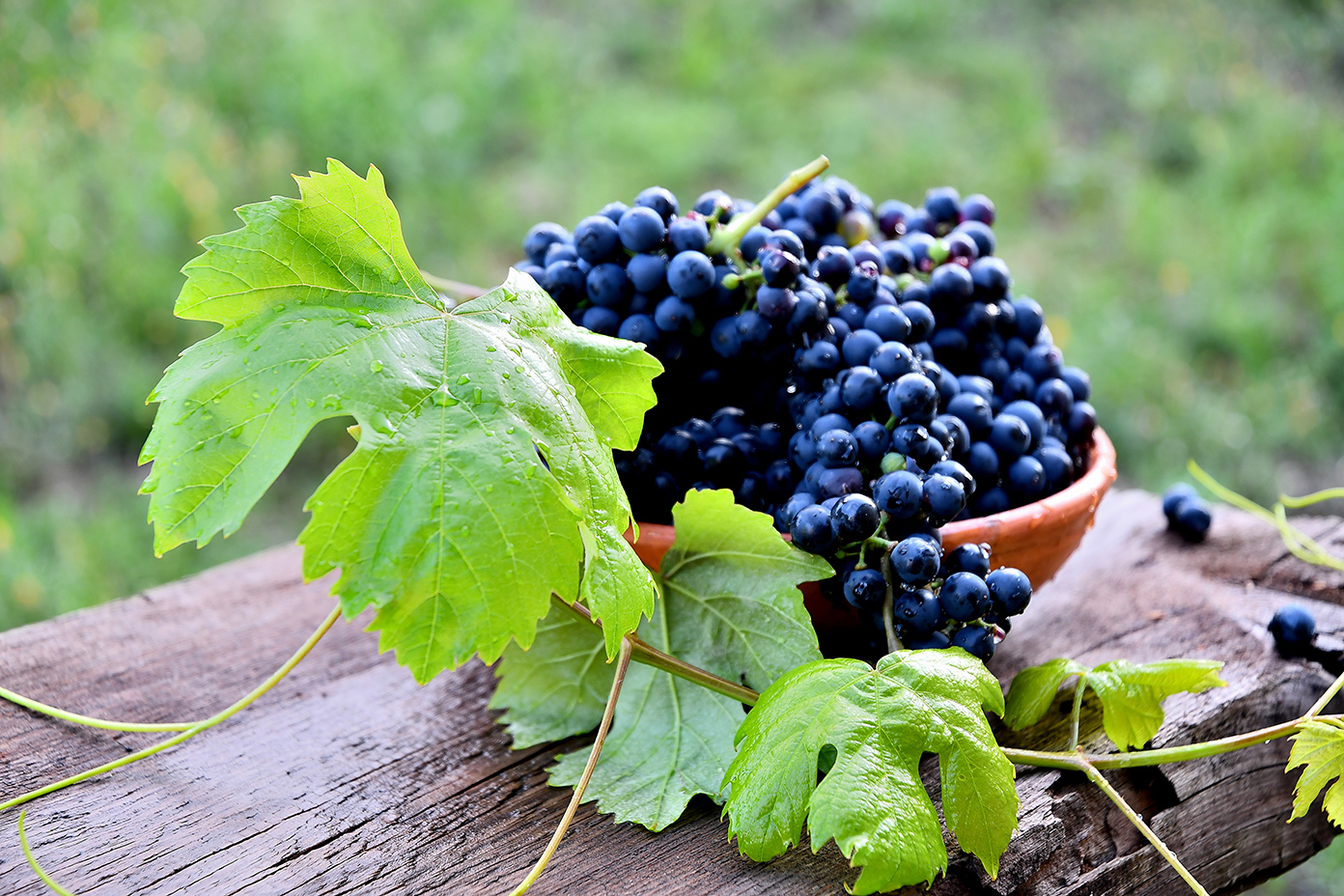
Wine has enjoyed a resurgence of popularity in recent years, with many of us enjoying wine tastings, vineyard visits, and that relaxing afternoon glass of wine on the porch. But have you ever considered making your own wine? Experiencing the entire process from start to finish can be a truly educational hobby, and you could someday impress friends and family with gifted bottles of your own special recipe.
So how does homemade wine making work? Essentially you will follow three main steps, and the actual wine making is probably the easiest one!
Choose your grapes. It might not surprise you to learn that grapes are the most important component of crafting a good wine. No, all grapes are not created the same! Depending upon the types of grape you choose, you can end up with a vastly different taste in your homemade wine.
Your primary consideration should be climate. Some grapes simply won’t grow well in your climate, whereas others are ideally suited to it. Set yourself up for success by researching the varieties of grapes that will grow well in your geographical location, and choose from among those.
Here in Southern California, the family of groups known as vitis vinifera is well-known for its suitability to our climate as well as versatility in results. You can create Merlot, Chardonnay, Cabernet Sauvignon, and Zinfandel wines from grapes in this family.
You can also purchase grapes from a local wholesaler, if you’re just not the gardening type.
Deciding upon quantity. Whether you grow your grapes or purchase them, it can be hard to know how many you will need. Consider this: It takes about 20 pounds of grapes to create one gallon of wine! So if you want to make enough wine for personal use, plus a few extra bottles to give as gifts, you’re looking at quite an undertaking.
Do keep in mind that weather, soil conditions, gardening know-how and just general luck can greatly impact your results. Aim to grow more grapes than you anticipate needing.
Harvest your grapes and make your wine. The key to truly excellent wine is to harvest your grapes at the right time. Grab a handful and squish them, and then measure their sugar levels with a tool called a hydrometer. You’re looking for grapes with a sugar level of 22 degrees Brix, meaning they are ripe and sweet but just a little tart.
In a completely clean environment (to avoid contamination) follow the directions for the wine you wish to create. Do remember that wine making is a science, and that you need to be precise in order to reap the maximum reward for your efforts.
If you do decide to grow your own grapes, give us a call about planning a grape arbor for your garden. We can help you fit your newfound hobby into your existing landscape.


